Education
From AI to VR: How Cutting-Edge Tech Is Reshaping Personal Injury Law in Chicago
Published
2 months agoon
By
techonpc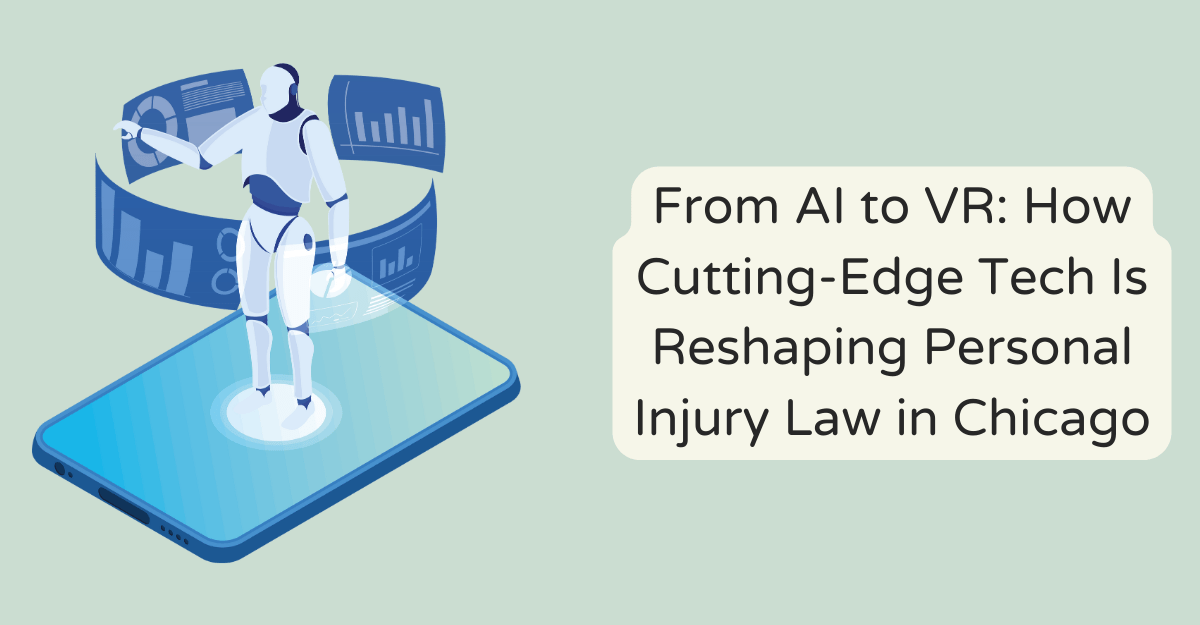
From AI to VR: How Cutting-Edge Tech Is Reshaping Personal Injury Law in Chicago
Complex personal injury lawsuits are replete with data. An attorney needs to collect medical paperwork, employment records, eye-witness notes, and police reports, just to name a few. This information is crucial for bringing justice to the affected.
A huge chunk of the investigation and the litigation goes into streamlining these pieces of raw data. But, now, with time, the landscape of personal injury law in Chicago is transforming. This can be attributed to the incorporation of technologies like artificial intelligence (AI) and virtual reality (VR).
In this blog post, we will explore how AI and VR are reshaping personal injury litigation in Chicago to drive better outcomes for both lawyers and victims. With the right adoption strategy, these technologies have the potential to become competitive differentiators for firms while leading to faster resolutions that benefit victims most.
Specific Factors in Personal Injury Laws in Chicago
According to TorHoerman Law, a clear understanding of laws prevalent in Illinois is crucial for your personal injury claim. These rules can impact factors such as the timing of filing and the assessment of damages.
Here’s a concise overview of the essential legal aspects you need to be aware of.
Know Your Deadlines in Chicago
When filing injury claims in Illinois, you have strict legal deadlines to get your case submitted or risk losing your right to seek damages. For standard personal harm cases, victims have two years from their injury occurrence to take legal action and sue the negligent parties responsible.
Therefore if someone experiences a damaging accident on May 5th, 2024, they must ensure to have legal filings submitted before May 5th, 2026 otherwise the court may decline to hear the case.
For specialized medical malpractice situations, there is more complexity in the calculation and deadline. Victims have two years from when they discovered or should have discovered that they suffered an injury due to negligent treatment.
However, an absolute maximum deadline is defined too. Four years from the very date of concerning treatment itself bars any claim after that point.
Due to intricate details, anyone exploring a potential medical malpractice case should consult a personal injury lawyer in Chicago IL. These are experts in this area and they will be able to assess the timing and validity of your claim.
Proving Your Limited Role in Chicago Courts
To account for scenarios of shared blame in accidents, Illinois applies “modified comparative negligence” rules when considering financial recovery.
This means that as a victim, you cannot recover any damages if the court finds you over 50 percent responsible for causing your injuries through reckless behavior. In this case, even the non-economic damages will not be accounted for.
However, if the plaintiff holds fault to a lesser degree, then they can still seek damages; a reduced equivalent to their allocated percentage of blame by the jury. For instance, if a pedestrian was deemed 30% negligent for unsafe road crossing practices, leading to their harm when a vehicle strikes them, their awarded damages would decrease by 30%.
Now let us dive deep into the exciting trend of personal injury attorneys resorting to AI and VR for their cases.
The Role of AI in Personal Injury Law
From manufacturing units to restaurants, Artificial Intelligence has taken the world by storm. It is slowly becoming an integral part of our lives. It was time that AI became one of the most disruptive technologies within the legal industry.
In personal injury law, AI is transforming everything from initial case assessments to settlement negotiations. AI algorithms have reached a level of sophistication where they can sift through vast datasets to identify patterns that may elude human minds.
These algorithms employ natural language processing and data analytics to simplify research tasks, enhance productivity, and provide lawyers with comprehensive insights.
AI processes are being leveraged throughout the litigation timeline:
- First, personal injury attorneys are increasingly turning to the power of artificial intelligence (AI) to refine their understanding of case value.
These algorithms crunch through a multitude of parameters, like the nature and severity of injuries sustained, medical bills, lost wages, and even regional legal trends.
Equipped with this data-driven analysis, the attorney gains a clearer picture of fair compensation ranges, allowing them to advocate for their clients better and secure optimal outcomes.
- During the initial phases of litigation, a lawyer must sift through diverse sources of evidence like emails, Zoom calls, videos, victim’s medical records, and much more. AI simplifies this task by efficiently sorting through various data formats across platforms, saving them valuable time.
Many such AI platforms use optical character recognition to scan and extract unstructured case evidence and convert it into organized databases. These platforms also provide insights through visual data analytics.
- Even when negotiating settlements, algorithms can assess risk profiles and suggest optimal settlement amount ranges by extrapolating previous outcomes.
For example, Lex Machina uses AI to reveal historical litigation trends across judges and attorneys to determine behavior patterns.
Leveraging VR in Personal Injury Claims
Virtual reality is revolutionizing courtroom presentations by transporting jurors directly into 3D accident recreations. Rather than relying on the old process of static images or testimonies to convey injuries contextually, Virtual Reality allows legal teams to showcase trauma scenarios in stimulating, life-like detail.
Unlike 2D evidence, VR storytelling, coupled with your state of affairs, can trigger settlement-driving empathy as jurors get an embodied sense of real-life endangerment and helplessness.
VR also provides a very favorable playground for the plaintiff to win higher settlement amounts by giving jurors an immersive experience of the painful realities behind sustained injuries and trauma.
For example, jurors can experience a real-time motor vehicle collision, from the passenger’s perspective, to appreciate the details of the violent crash.
As VR adoption accelerates, visual technologies promise to influence court outcomes in Chicago with newfound clarity and emotional transportation.
In conclusion, as cutting-edge technologies continue to influence the legal sector in Chicago, artificial intelligence and virtual reality are undoubtedly transforming personal injury litigation landscapes.
Streamlining data analysis while evoking courtroom empathy, these innovations provide plaintiff attorneys with upgraded competitive advantages unimaginable just years ago.
Combined appropriately, these technologies promise to upgrade injury law by balancing procedural efficiency with profound human understanding.
Follow Me

Unleashing the Power of the Office Accelerator: Maximizing Productivity and Efficiency in the Workplace with Office 365 Accelerator

Unlocking the Hidden Potential of Your Website: Strategies for Growth

From AI to VR: How Cutting-Edge Tech Is Reshaping Personal Injury Law in Chicago
Trending

 Microsoft4 years ago
Microsoft4 years agoMicrosoft Office 2016 Torrent With Product Keys (Free Download)
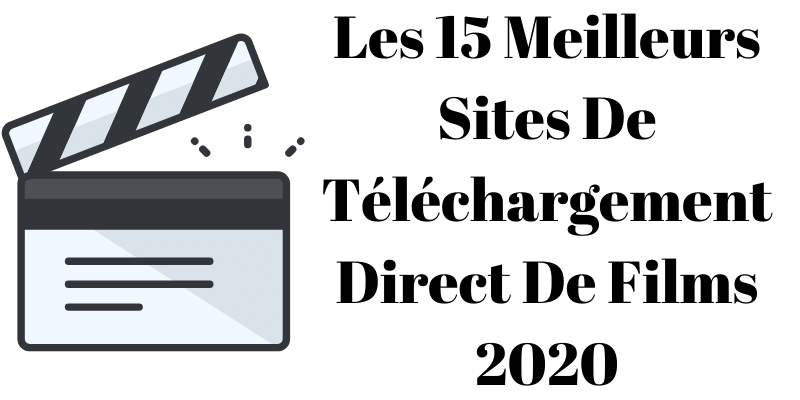
 Torrent4 years ago
Torrent4 years agoLes 15 Meilleurs Sites De Téléchargement Direct De Films 2020

 Money4 years ago
Money4 years ago25 Ways To Make Money Online
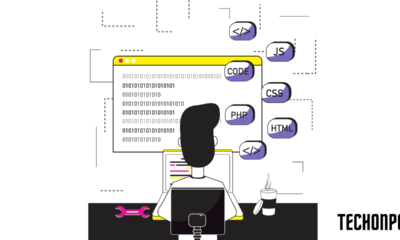
 Torrent4 years ago
Torrent4 years agoFL Studio 12 Crack Télécharger la version complète fissurée 2020
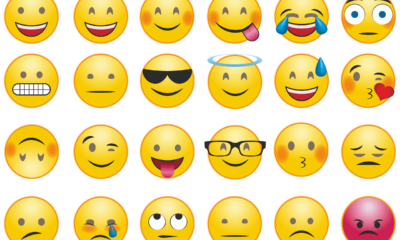
 Education3 years ago
Education3 years agoSignificado Dos Emojis Usado no WhatsApp
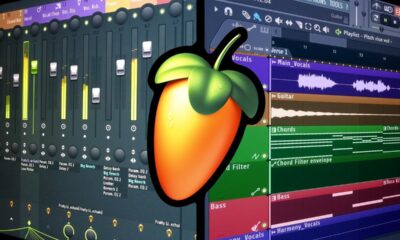
 Technology4 years ago
Technology4 years agoAvantages d’acheter FL Studio 12
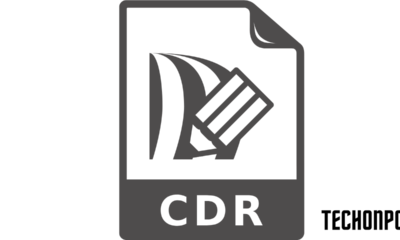
 Technology4 years ago
Technology4 years agoDESKRIPSI DAN MANFAAT KURSUS PELATIHAN COREL DRAW
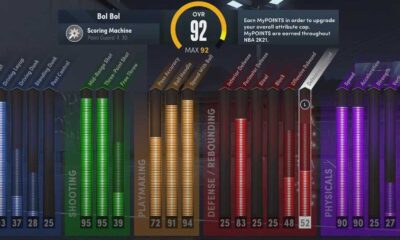
 Education3 years ago
Education3 years agoBest Steph Curry NBA 2K21 Build – How To Make Attribute, Badges and Animation On Steph Curry Build 2K21

You must be logged in to post a comment Login